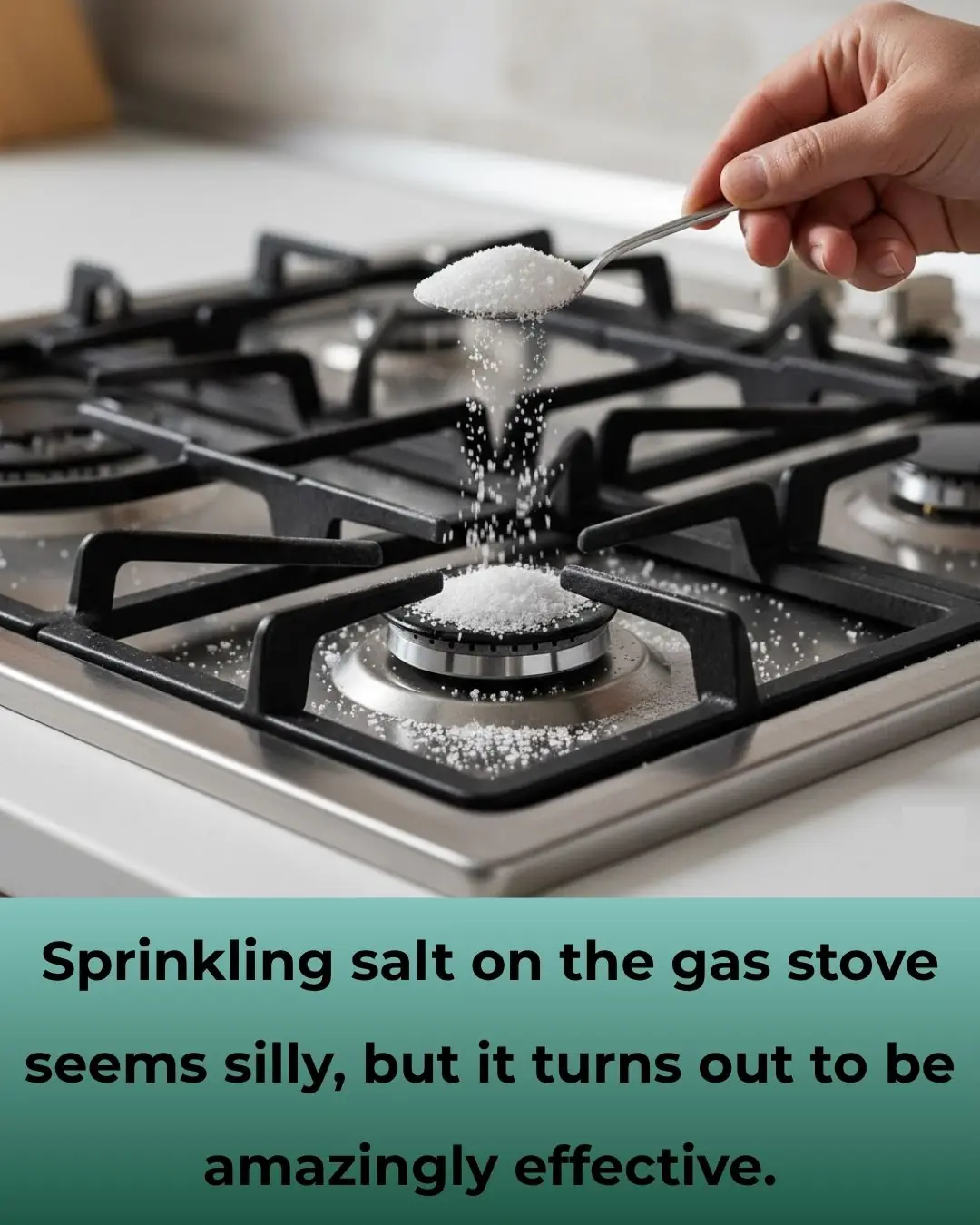
Nana’s Baking Soda Hack: The Surprisingly Effective Trick to Soften and Thin Thick Toenails
Toenail problems are far more common than most people realize—affecting nearly everyone at some point in life. From dull discoloration to uncomfortable thickening, nail changes can be both a cosmetic nuisance and a sign of underlying health issues. Among these, thick toenails are especially frustrating, often causing pain, difficulty trimming, and embarrassment when wearing open shoes.
While dermatologists and podiatrists offer effective treatments, many people still turn to simple, traditional home remedies for relief. One of the most talked-about is a remedy my nana has sworn by for decades—a baking soda and vinegar routine that she insists keeps her toenails looking clean, smooth, and healthy. Surprisingly, modern science agrees that the ingredients she uses have real benefits for nail and skin health.
Understanding Thick Toenails: Causes and Concerns
Thick toenails can develop for many reasons, including fungal infections, injuries, aging, and chronic conditions like psoriasis or poor circulation. According to the Mayo Clinic, fungal infections are one of the most frequent causes, responsible for nearly half of all cases of nail thickening (Mayo Clinic, 2024).
Aside from cosmetic worries, untreated thick toenails can cause discomfort, pain while walking, and increased risk of bacterial or fungal reinfection. Identifying the cause is crucial, but daily care and smart home remedies can help restore both comfort and appearance.
Nana’s Tried-and-True Trick: A Simple, Gentle Routine
According to my nana, maintaining healthy toenails doesn’t require expensive products—just a few common household ingredients. Her routine focuses on softening, cleaning, and gently thinning thick toenails over time without causing irritation or damage.
This method, passed down through generations, uses the natural cleansing power of vinegar and the exfoliating action of baking soda—a combination that science has since shown to have antimicrobial and keratolytic (softening) properties (Healthline, 2024).
What You’ll Need
To try Nana’s hack yourself, gather the following:
-
Warm water
-
White vinegar
-
Baking soda
-
A basin or container large enough for soaking
-
A soft-bristled nail brush
-
A pumice stone or nail file
-
Moisturizing lotion or natural oil (like coconut or olive oil)
Step-by-Step Guide to Nana’s Toenail Trick
-
Soak Your Feet
Fill your basin with warm water and add ½ cup of white vinegar. Soak your feet for 20 minutes. This softens the nails and helps kill surface bacteria or mild fungi. -
Scrub Gently
After soaking, use a soft-bristled brush to clean around and beneath the nails. This removes debris and dead skin cells. -
Apply the Baking Soda Paste
Mix baking soda with a few drops of water to form a thick paste. Apply it directly to your toenails and leave it on for 10 minutes. Baking soda’s mild alkalinity helps break down buildup and smoothen the surface. -
Rinse and Dry
Rinse your feet thoroughly and pat them dry with a clean towel. -
File Down Carefully
Use a pumice stone or nail file to gently thin the thickened toenails. Avoid aggressive filing—it’s better to do a little at a time. -
Hydrate the Nails and Skin
Finish the routine by applying moisturizing lotion or oil. Keeping nails hydrated reduces brittleness and promotes healthy regrowth.
The Science Behind Nana’s Hack
Nana’s baking soda and vinegar trick isn’t just folklore—it’s backed by modern dermatology.
-
Vinegar, or acetic acid, creates an environment that discourages fungal growth. A study published in the Journal of Fungi (2023) found that vinegar foot soaks can inhibit mild fungal infections and improve nail texture.
-
Baking soda acts as a natural exfoliant, gently removing dead keratin layers and balancing pH. According to WebMD (2024), baking soda’s alkaline nature may help combat fungal overgrowth and soften hardened nail material.
-
Regular gentle filing helps reduce thickness without damaging the nail bed, an approach recommended by the American Podiatric Medical Association (APMA, 2023).
Together, these actions improve the nail’s appearance and comfort, making this old-fashioned trick both practical and evidence-supported.
Additional Tips for Stronger Toenails
Healthy toenails depend on daily habits, not just occasional treatments. Experts from the Cleveland Clinic (2024) recommend:
-
Keeping feet clean and dry to prevent fungal growth
-
Wearing breathable, well-fitting shoes
-
Trimming nails straight across to avoid ingrown toenails
-
Maintaining good circulation through light exercise
-
Watching for early signs of infection—discoloration, odor, or pain
When to See a Professional
While home remedies can be very effective, persistent toenail thickening, discoloration, or pain may signal a more serious issue. If symptoms worsen or resist home care, consult a dermatologist or podiatrist. Fungal infections, psoriasis, or systemic conditions sometimes require prescription antifungal medication or laser treatment (Harvard Health, 2023).
Real-Life Success Stories
Nana’s trick has quietly helped friends, neighbors, and family for years. My neighbor Sarah, who struggled with age-related thick toenails, noticed visible improvement within a month of using the remedy twice weekly. John, a family friend, integrated the routine into his weekend self-care and saw reduced nail discoloration and discomfort caused by mild fungal buildup.
These stories echo countless similar experiences shared online, where users confirm noticeable improvements in nail softness, color, and manageability after consistent use.
Conclusion: Simple, Safe, and Science-Backed
Thick toenails don’t have to be an ongoing problem. By combining Nana’s time-tested baking soda hack with insights from modern dermatology, you can take effective, natural steps toward smoother, healthier nails.
Consistency is key—small, gentle routines done regularly can make a world of difference. And remember, if your toenails show persistent pain or unusual changes, professional care is always the best next step.
Sources:
-
Mayo Clinic (2024) – “Nail Fungus: Symptoms and Causes”
-
Healthline (2024) – “Home Remedies for Thick Toenails”
-
WebMD (2024) – “How to Treat Nail Fungus Naturally”
-
Cleveland Clinic (2024) – “Toenail Health: Prevention and Care Tips”
-
Harvard Health Publishing (2023) – “When Toenails Change: What It Means”
-
Journal of Fungi (2023) – “Antifungal Effects of Acetic Acid in Nail Care”
-
American Podiatric Medical Association (APMA, 2023) – “Best Practices in Nail Maintenance”
News in the same category


3 Flowers That Make Snakes Tremble — Natural Repellents You Can Grow at Home
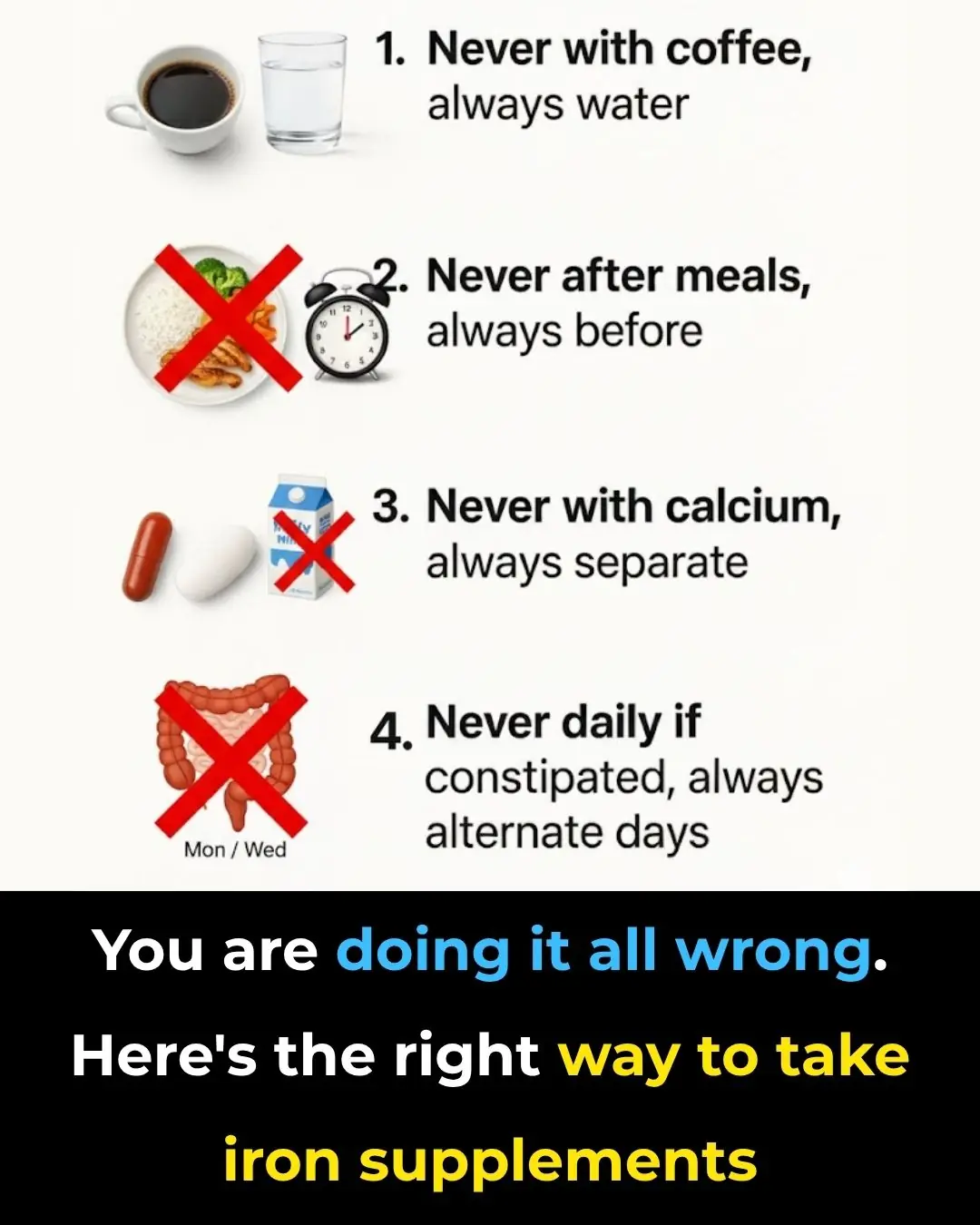
You’re Taking Iron Supplements Wrong — Here’s the Science-Backed Way to Do It Right

Never Mix Medications in One Box: 10 Serious Risks Most People Don’t Know

The Right Way to Take Ashwagandha: A Science-Backed Guide to Unlock Its Full Potential

‘One Less Thing That I Have to Think About’: Michelle Obama Dishes on Life After the White House and the Freedom That Came With It

78-Year-Old Grandmother Is Inspiring Others To Stay Active Through Powerlifting

Coco Gauff Donates $100K to UNCF to Fund Scholarships for HBCU Tennis Players

Honoring Revolutionary Audre Lorde: The Poet Who Dared Us All To Be Powerful

5 Black YouTube Channels That Make Exercising Fun For Beginners

Grant Hill and Chris Webber Join Ownership Group to Bring WNBA Team Back to Detroit

Remembering Civil Rights Titan and Congressman John Lewis

Boiling Sweet Potatoes: Don’t Just Add Plain Water—Add This Spoonful for Perfectly Fluffy, Sweet Results
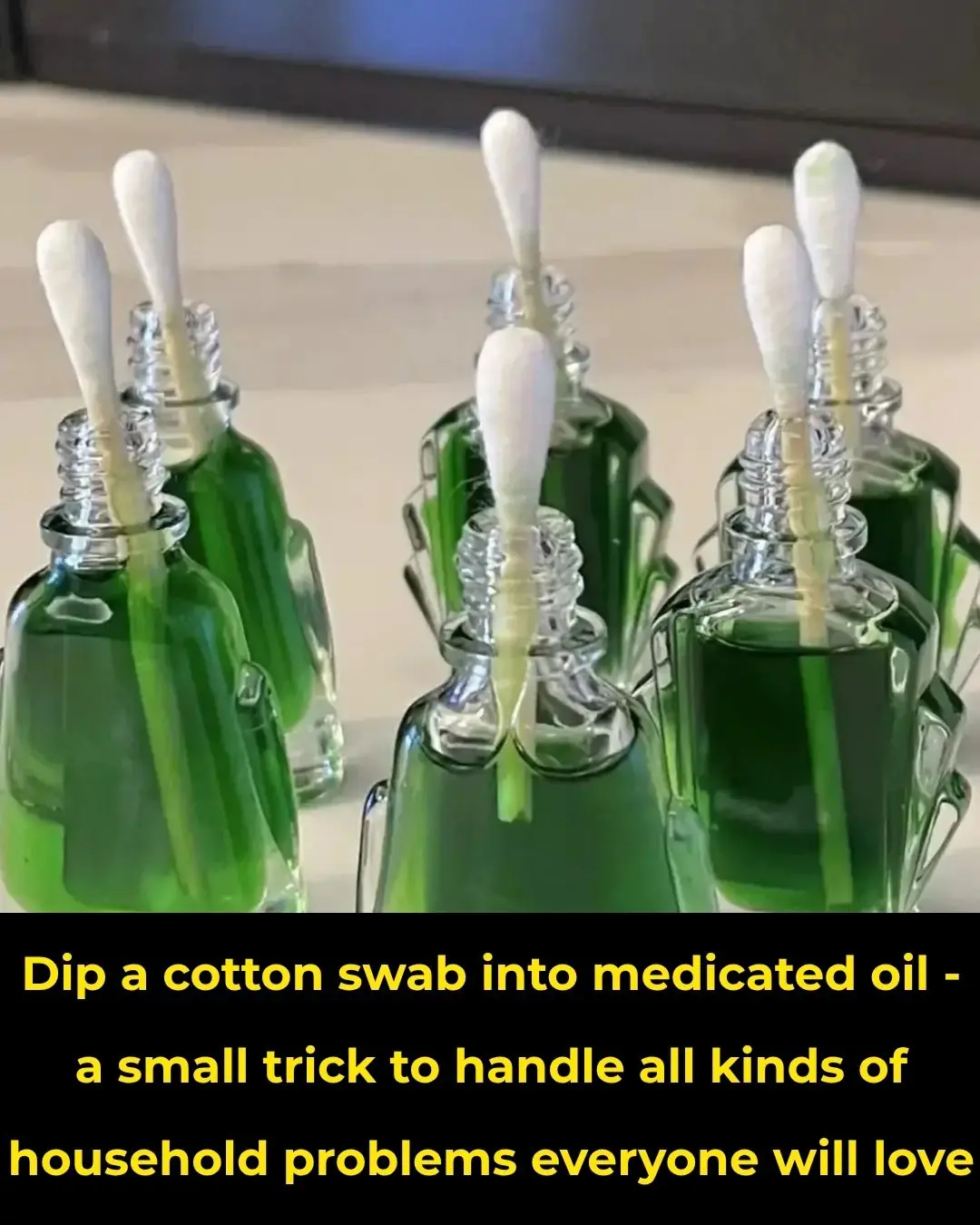
The Science Behind Putting a Cotton Swab in a Menthol Oil Bottle

More People Are Struggling with Visceral Fat — Doctors Reveal 9 Foods That Help Burn It Naturally
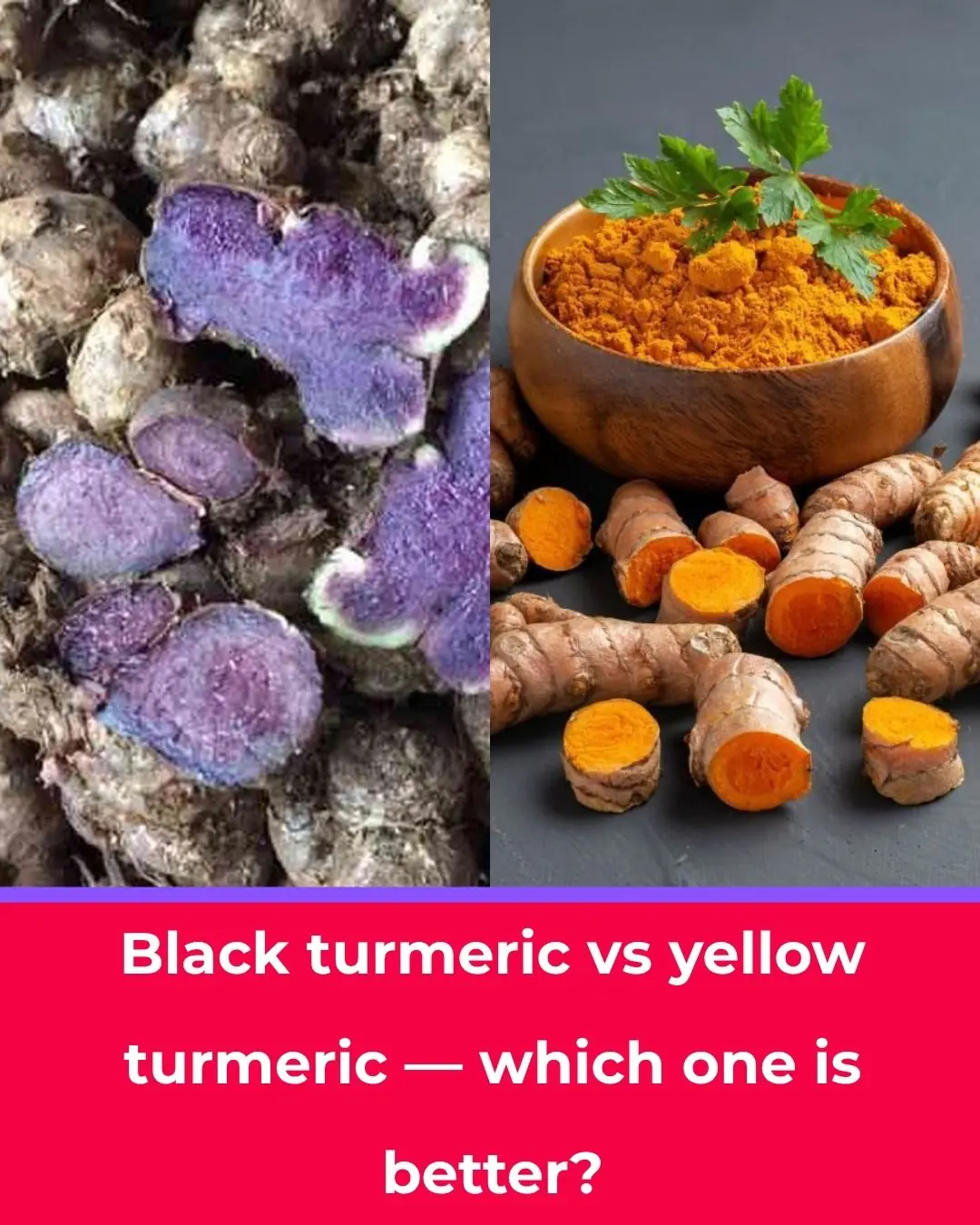
Black Turmeric vs. Yellow Turmeric: Which One Is Better?

Like to see more from Tips for the Home

I Had No Idea About This!

These Ideas Are Amazing: 10 Clever Ways to Use Dryer Sheets Beyond the Laundry Room
News Post
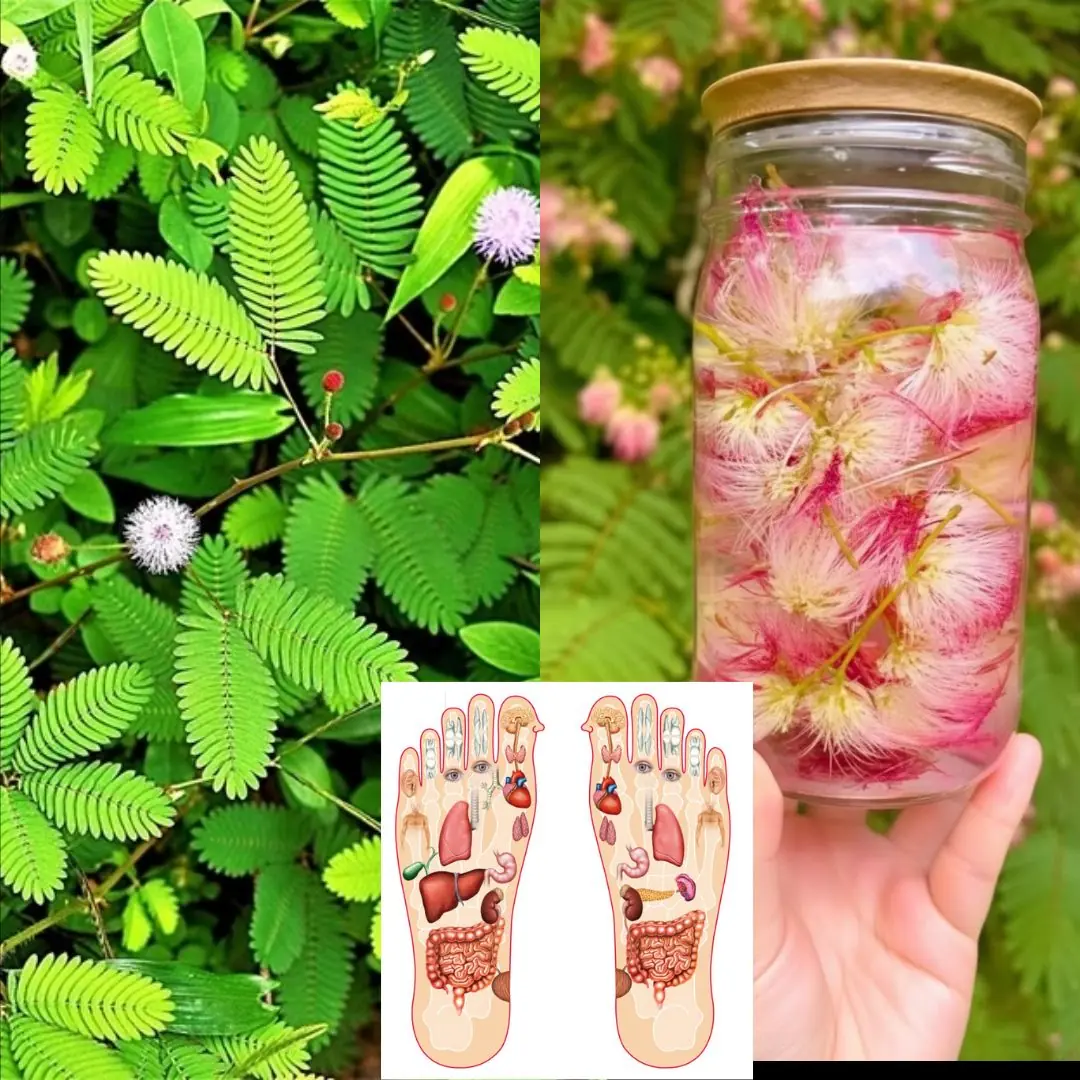
Mimosa Pudica Tea: How to Prepare and Health Benefits

Cloves and Onion: An Ancient Remedy with Modern Benefits

The #1 Food for Detoxifying and Supporting Kidney Health

Dark Chocolate and Tea Found to Significantly Lower Blood Pressure

Why This Doctor Refuses to Prescribe Statins for High Cholesterol

Top 5 Foods to Avoid if You Have High Blood Pressure

Why You Should Sprinkle Salt on Your Gas Stove

3 Flowers That Make Snakes Tremble — Natural Repellents You Can Grow at Home

You’re Taking Iron Supplements Wrong — Here’s the Science-Backed Way to Do It Right

Never Mix Medications in One Box: 10 Serious Risks Most People Don’t Know

The Right Way to Take Ashwagandha: A Science-Backed Guide to Unlock Its Full Potential

Shrimp injected with impurities is easy to distinguish: Smart people will see this point
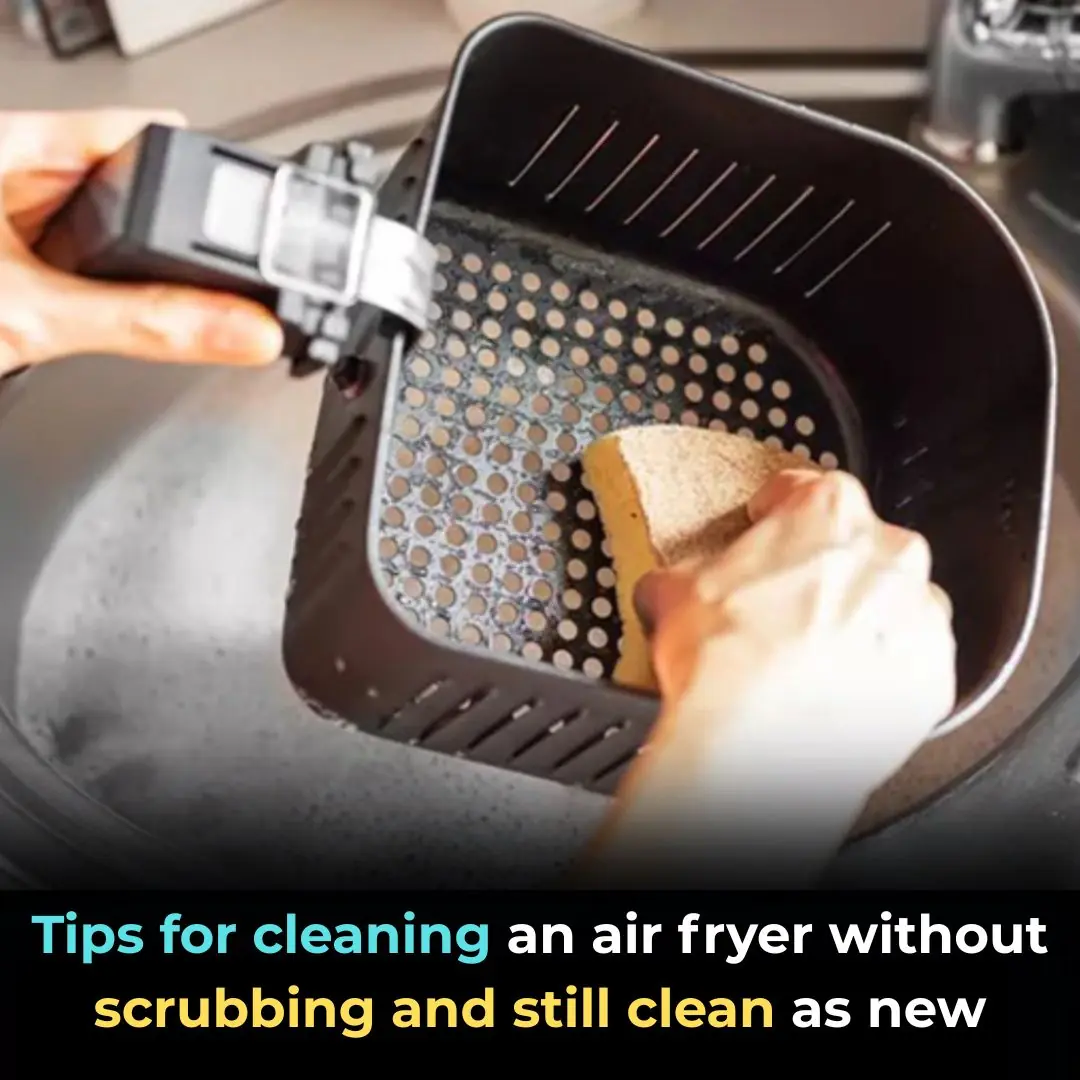
Tips for cleaning an air fryer without scrubbing and still clean as new
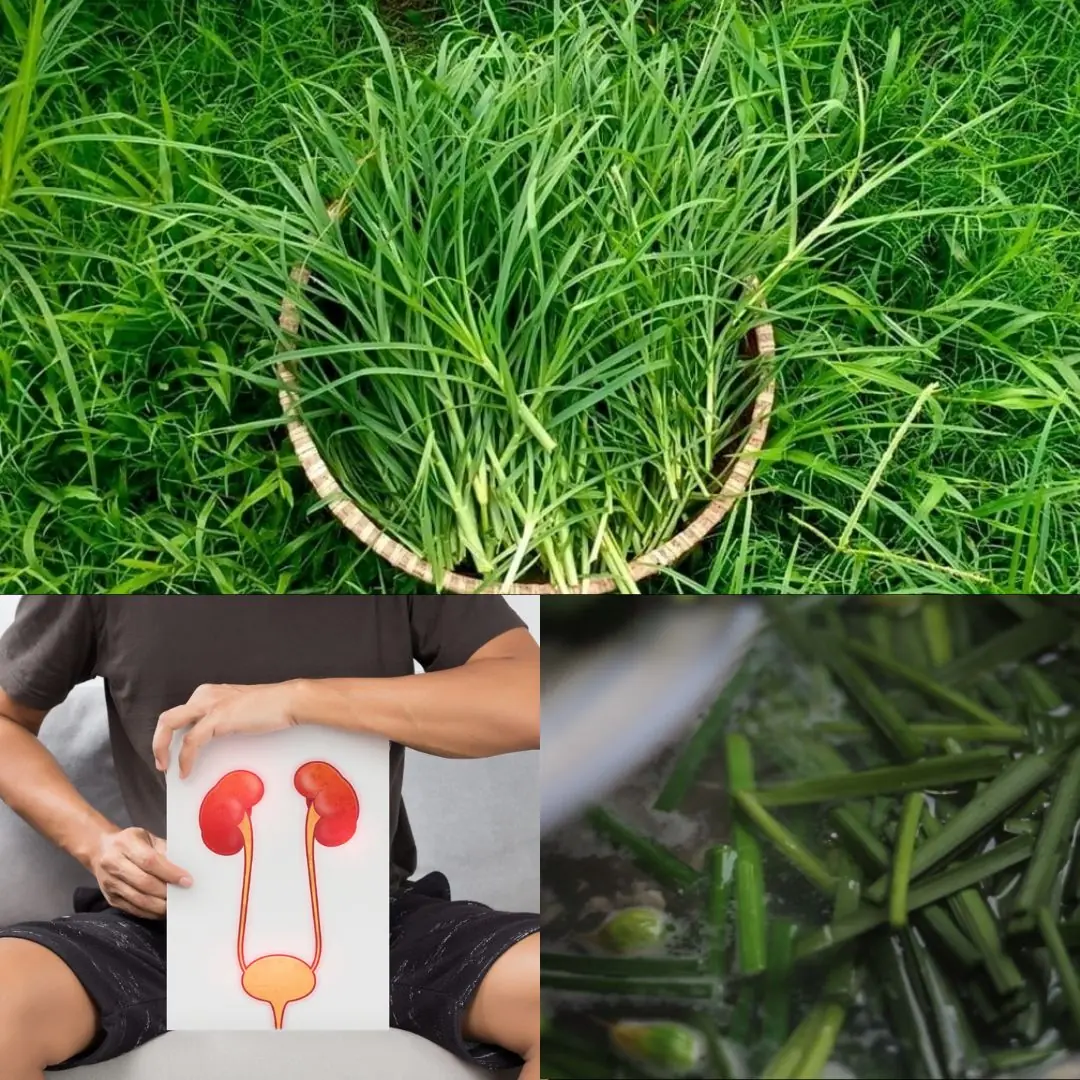
25 Incredible Health Benefits of Goosegrass

The water pipe is clogged, just blame this and it will be solved easily, no need to waste money calling a plumber.

How to clean the bathroom easily and effortlessly: It will stay clean and fragrant all week long

Simple tips for making crispy roast pork skin without much effort: Golden brown, crispy skin like in restaurants

How bathing too often can affect your health
